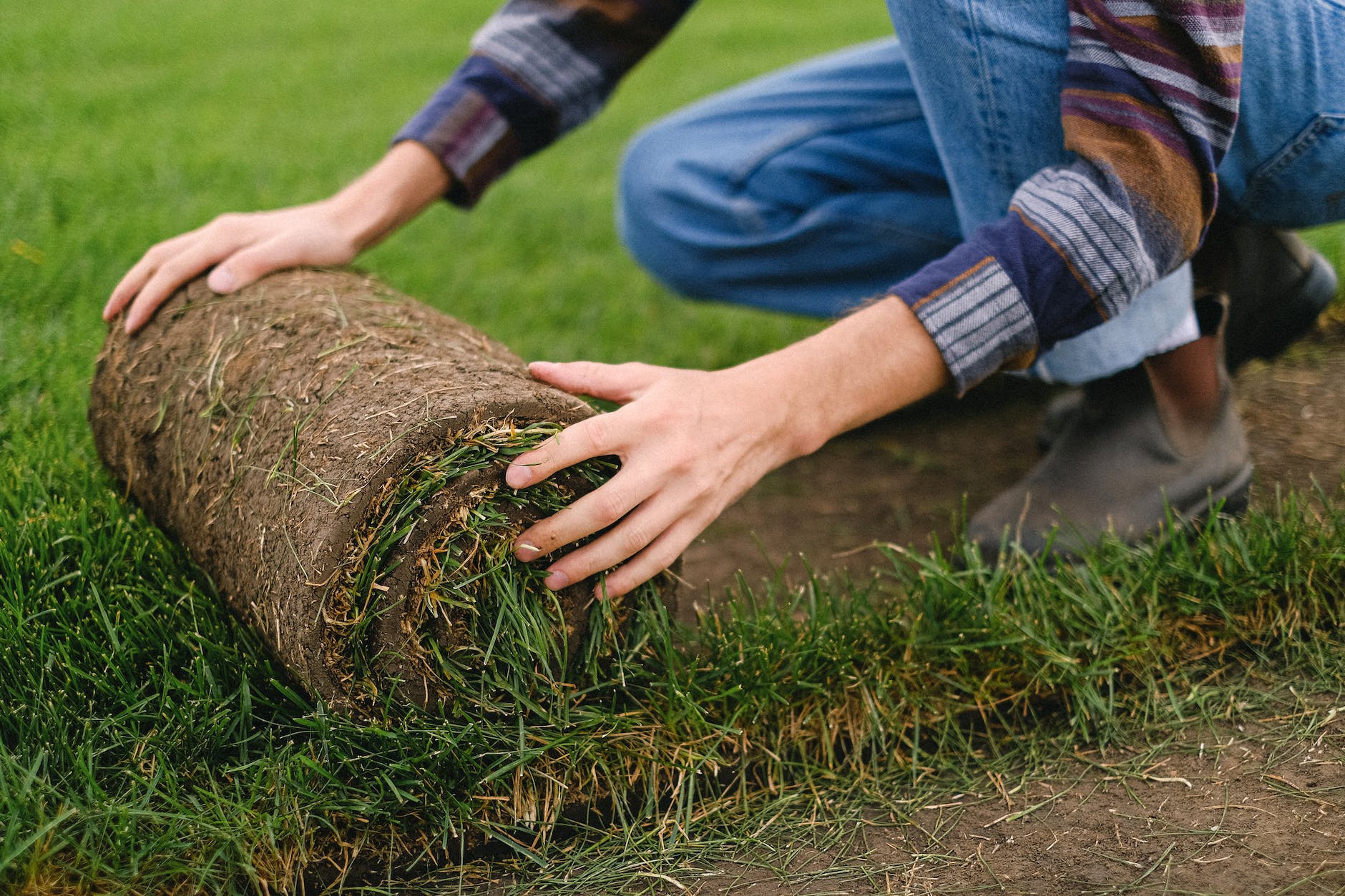
When it comes to having a lush and green lawn, two common options are sod and seeded grass. Both have their own sets of advantages and disadvantages, but how do you know which one is suitable for your yard? This blog post will provide you with an in-depth comparison of caring for sod and seeded grass, including their water requirements, fertilizing needs, mowing techniques, and growth rates.
Be sure to consider lawn care companies like this one to give you the best lawn, whether it be sodded or seeded!
Water Requirements
Sod grass needs more water in the beginning because it’s a fully matured lawn. However, after it has been established, you can reduce the frequency of watering. Whereas seeded grass requires consistent watering for the first several weeks to ensure that the seeds remain moist. After that, you can decrease watering. Ensure the soil beneath is moist, and also the grass isn’t swimming in excessive water. Soggy soil can be an excellent environment for fungi and diseases. That’s why it is essential to provide water at the right time and quantity.
Fertilizing
Both sod and seeded grass will require fertilization, but they have different needs. When it comes to fertilizing sod, it will depend on the soil and previous fertilization. Ideally, before installation, you should do a soil test to establish the requirements of the soil in the area. On the other hand, seeded grass requires frequent fertilization to aid in the germination process and maintain a healthy growth rate. Be sure not to overfertilize, which can harm the grass’s growth.
Mowing
Mowing can affect how your grass looks and feels. Generally, sod grass has already reached its mature state since it’s a fully grown lawn but requires regular maintenance. Ensure you avoid mowing too low as this can impact root growth which can lead to complications. Mow as required with a sharp mower blade to guarantee a clean cut. Seeded grass may require several mowings for the first few years. Keep in mind, adding grass height is crucial for absorbing sunlight to aid the lawn in staying healthy. Make sure you avoid mowing wet grass.
Growth Rate
Sod has become preferred by landscapers for its quick turnaround time to a green lawn. You will have an instantly beautiful lawn, with little waiting period and limited maintenance. Seeded grass might take a bit of effort, time, and patience. It will take them several weeks to establish and start growing. However, they are more affordable with flexibility because you decide the amount of seeding.
Which Is Best?
In conclusion, deciding between sod and seeded grass can depend on your landscape needs and budget. Nonetheless, to care for their lawn appropriately, you will need to understand each of their water requirements, fertilizing, mowing, and growth rates. It is important to provide them with the necessary care, which includes watering, fertilization, and mowing, to ensure that they thrive and stay healthy. By following these tips, you will be able to have a healthy and beautiful lawn, no matter which option you choose.